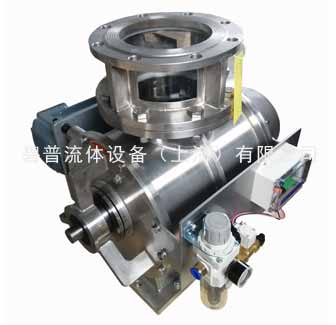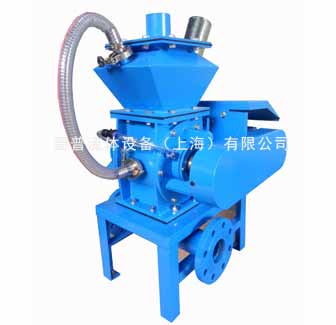A rotary valve is a specialized device used in solid material conveying systems for discharging and metering materials. Its working principle involves the transmission of a motor and a reducer to rotate an impeller with equally divided structures inside a housing. Material from the hopper or feeding device above the housing fills the impeller's compartments and is discharged from the bottom of the housing as the impeller rotates. The rotary valve allows for uniform and continuous discharge to the downstream according to the requirements of the conveying system.
Types of rotary valves include anti-jamming rotary valves, high-pressure rotary valves, and cleaning rotary valves.
Materials: Carbon steel, stainless steel.
According to the application, rotary valves can be classified into those used for pneumatic conveying and those used for metered discharge from silos.
Key Performance Parameters:
- Working Pressure Differential: Standard types are less than 0.1 MPa, high-pressure types are less than 0.35 MPa
- Nominal Diameter: DN100~DN600
- Standard models can operate at pressures less than 0.1 MPa
- High-pressure models can operate at pressures less than 0.2 MPa
Discharge Rate Calculation:
\[ G = 60 \times V \times n \times r \times \phi \, (\text{kg/h}) \]
- \( V \) - Liters per revolution
- \( n \) - Revolutions per minute
- \( r \) - Bulk density of the material
- \( \phi \) - Filling coefficient (0.7-0.8)
- Previous Article: Activated Carbon Injection System
- Next Article: None
- Return to List







